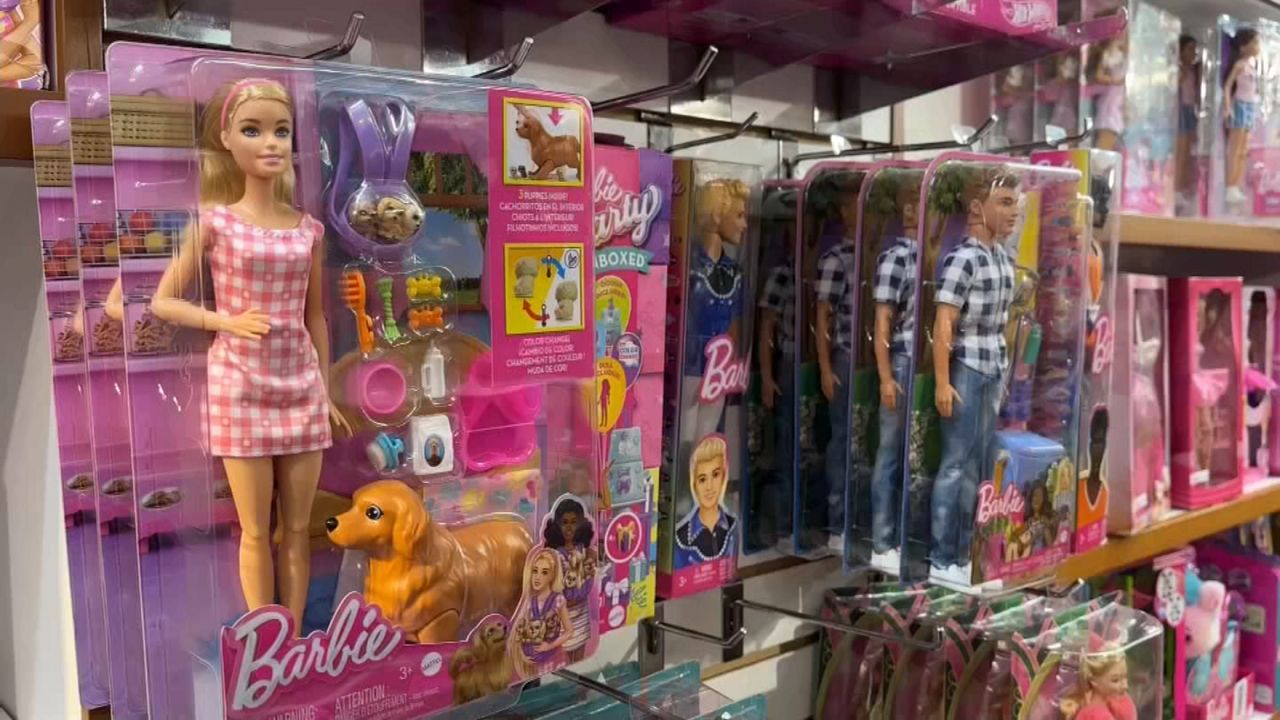NEW YORK — They are shiny. Some glow in the dark, and all look downright cool. They are minerals and gems. The American Museum of Natural History has plenty of them.
What You Need To Know
- The new Allison and Roberto Mignone Halls of Gems and Minerals opens at the American Museum of Natural History on Saturday, June 12
- The renowned museum collection has been completely redesigned and reinstalled
- There are more than 5,500 types of minerals
- The halls will connect with the Richard Gilder Center for Science, Education and Innovation, a new addition to the museum expected to open in 2022
"We've got about 5,500 pieces in the hall total, and that's more, that's a lot more than any other exhibit in the museum," said George Harlow, Curator of Minerals and Gems at the more than 150-year-old museum.
It’s all at the new Allison and Roberto Mignone Halls of Gems and Minerals at the Museum, which has been three and a half years in the making. It replaces the old hall that opened in 1976. It's a complete redesign and reinstallation of the world renowned collection, with advances in science, new discoveries and educational approaches taken into consideration.
"It's just irresistible for us to want to refurbish and upgrade and make it the very best and in this case, the most beautiful and glamorous as it is that it could possibly be," said Museum President Ellen Futter.

The halls are all minerals all the time, addressing how they form on earth, how humans use them, and why they are important to the planet. It's organized by Harlow, who has been at the museum for nearly 45 years. He says even for visitors who think they know the halls of gems and minerals, there will be surprises.
"There's an introductory specimen, an amethyst geode which is just breathtaking when you first see that, and there are several of those spread around the Hall, so for those of you who really think you know the old mineral hall, you're going to have to do a lot of looking because there is some good new stuff too," said Harlow, who started at the museum just after the old hall opened.
Eventually the halls will connect to the new Richard Gilder Center for Science, Education and Innovation, a major new addition to the museum, linking 10 museum buildings to improve visitor flow throughout the Upper West Side cultural gem.
"It's going to be wonderful to be able to have no dead end on any floor, any public area, you can just keep going right around at the museum, and that will make the visit even better," said Futter.
For more information, visit https://www.amnh.org.






